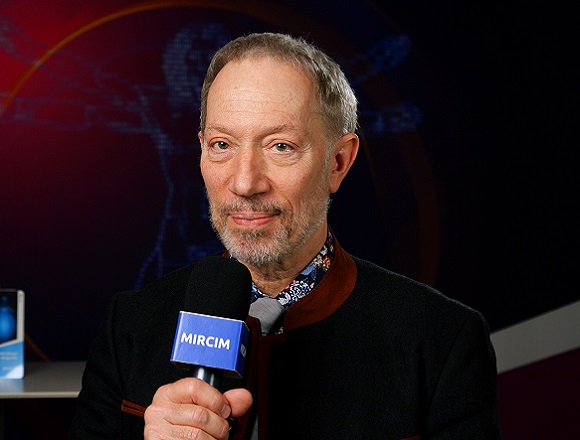Andrzej Maciejczak, MD, PhD, is a professor and head of the Department of Neurosurgery at the University of Rzeszów, Poland.
Which minimally invasive treatment methods can be used in patients with lower back pain?
When it comes to back pain, it may be produced by various pathologies. One of the most common is disk herniation, which compresses the nerve roots and causes leg pain referred to as sciatica, which is commonly seen and dealt with in the primary care. Indeed, the treatment of sciatica should start at the primary care level with conservative management, which is usually effective and rarely requires more than medication with the use of nonsteroidal anti-inflammatory drugs (NSAIDs).
But when sciatica presents with motor deficits, then you need to send the patient for surgery. The gold standard of surgical treatment of herniated disks of sciatica is microdiskectomy. Microdiskectomy is used not only in urgent cases, like paresis in sciatica, but also in the cases that are qualified for surgery on an elective basis. For example, such indications are when conservative management used for 6 weeks is ineffective in patients with sciatica and in the case of decreased quality of life produced by either frequent recurrences of sciatica or persistent sciatica. Last but not least, when the patient’s choice is to choose a surgical option instead of dragging out conservative management, often ineffective or long lasting.
All these instances, I mean, disk herniation, or sciatica, is treated by a minimally invasive procedure known as microdiskectomy. Microdiskectomy is minimally invasive removal of disk herniation through a keyhole skin incision, 2 cm to 3 cm long. You need to remove that disk herniation and the patient is able to return to work within 4 or 6 weeks, depending on the character of the patient’s job. White collars will return to work earlier; blue collars require more time for convalescence.
Recently, endoscopic diskectomy, which is not commonly used, especially in the public sector, has become the optional gold standard. This is a really minimally invasive procedure.
This is what we can offer, what modern surgery can offer patients with disk herniation. Of course, there are cases of diskogenic back pain where there is no disk herniation but the disk can be painful by itself. A disk can be painful at every stage of its degeneration: from simple tears in the annulus fibrosus; through dehydration of the disk, with the loss of cushioning capabilities of the disk; through changes in the subchondral spongiosa known as modic changes and the representing bone marrow edema, replacement of red marrow with fat, and sclerotization; till disk collapse.
All these conditions can be painful but not necessarily. There are thousands and thousands of patients who harbor such changes and have no back pain. In such circumstances, these changes are nothing but things that represent aging of the spine. Modern medicine can also offer modern treatment to such conditions, called disk replacement. It may be performed in an open or minimally invasive way.
 English
English
 Español
Español
 українська
українська






